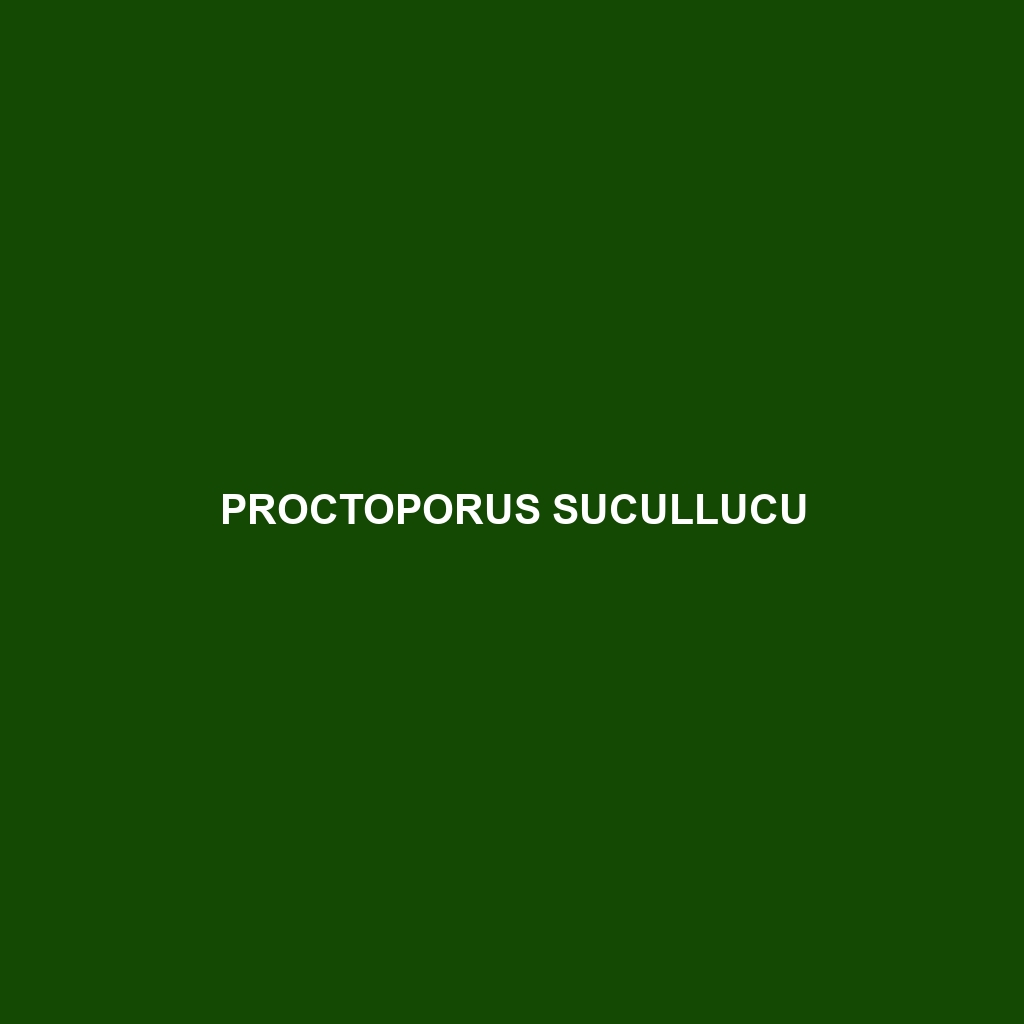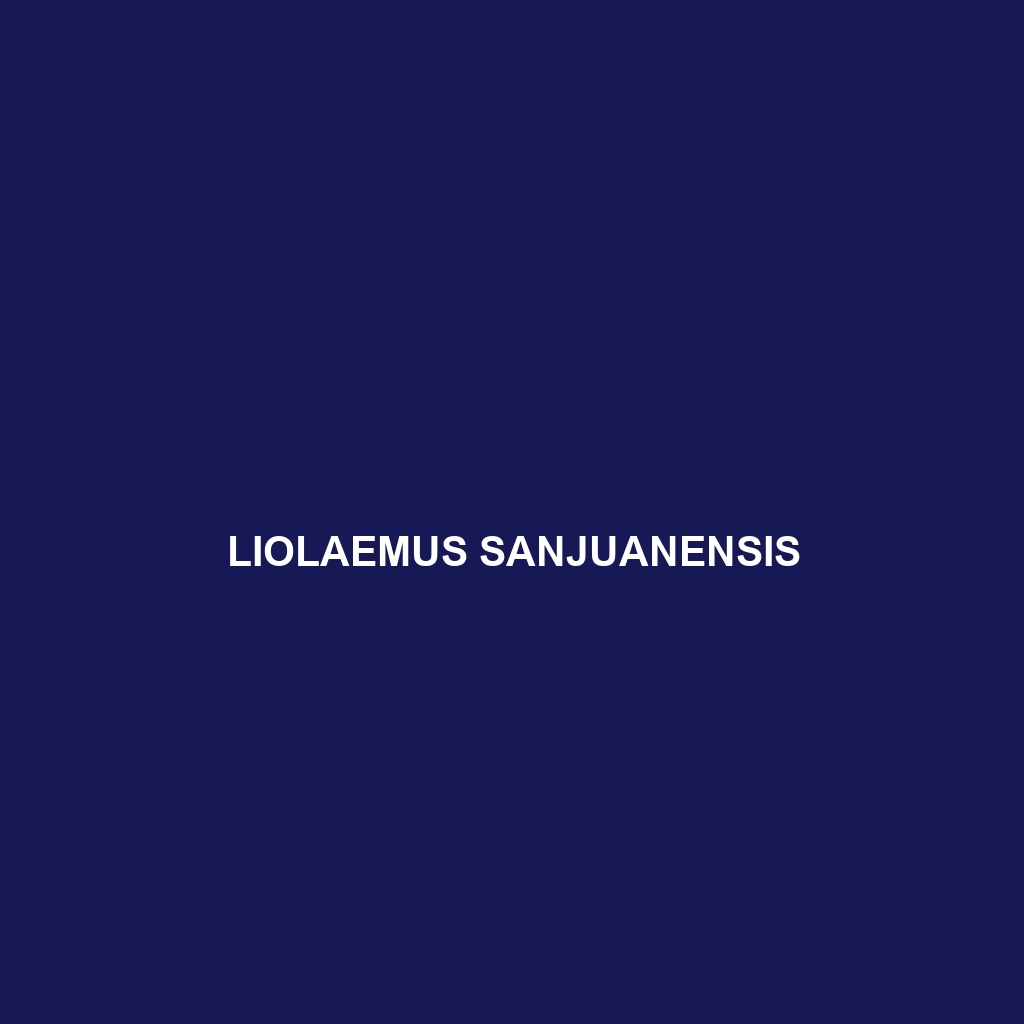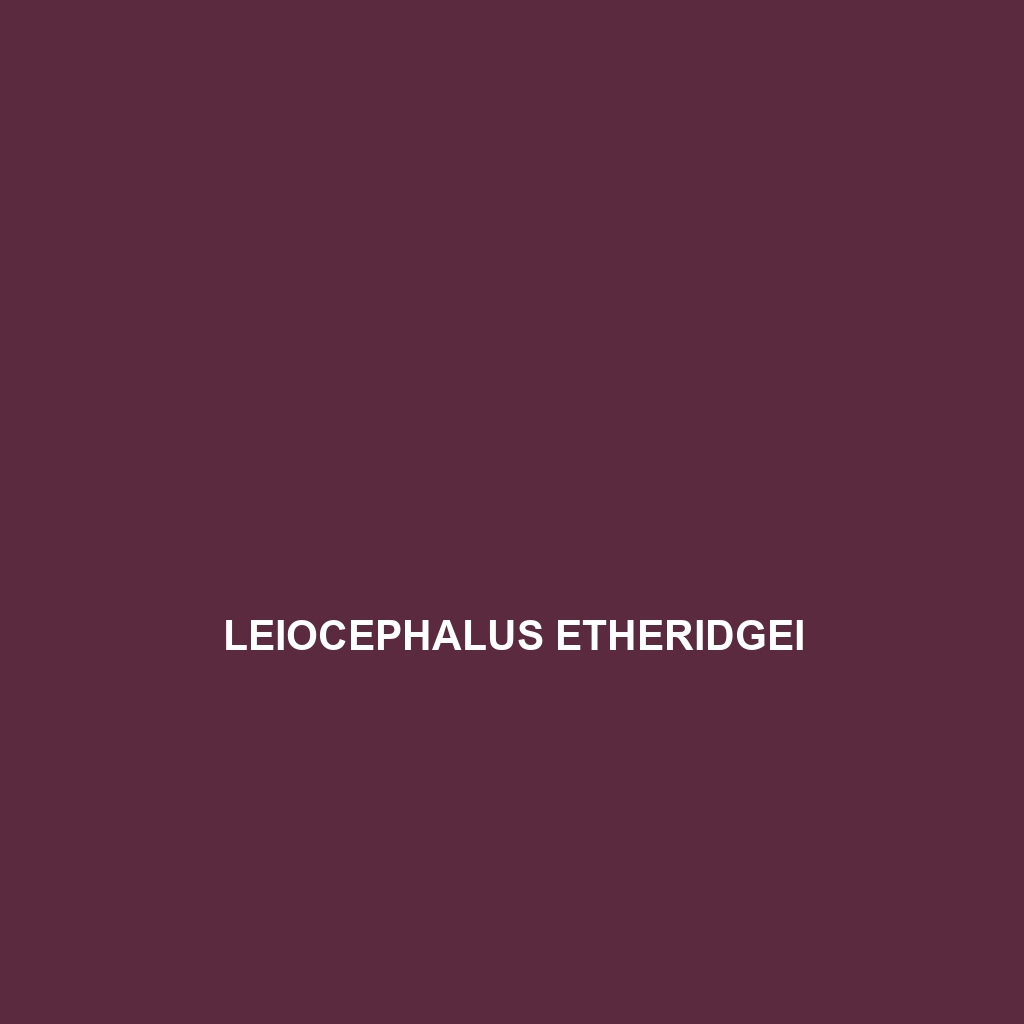<p><b>Proctoporus sucullucu</b>, a vulnerable lizard native to the humid cloud forests of the Andes, thrives in elevations of 2,500 to 3,500 meters. This nocturnal insectivore features a flattened snout, smooth scales, and distinct earthy colors that provide effective camouflage, while playing a vital role in maintaining ecological balance as both a predator and prey.</p>
Tag: lizard species identification
Proctoporus sucullucu
<p><b>Proctoporus sucullucu</b>, a vulnerable lizard native to the humid cloud forests of the Andes, thrives in elevations of 2,500 to 3,500 meters. This nocturnal insectivore features a flattened snout, smooth scales, and distinct earthy colors that provide effective camouflage, while playing a vital role in maintaining ecological balance as both a predator and prey.</p>
Phyllodactylus johnwrighti
<b>Phyllodactylus johnwrighti</b>, known as John Wright's phyllodactylus, is a nocturnal insectivore found in tropical dry forests and savannas of South America, characterized by its flattened body, adhesive toe pads, and ability to regenerate its tail. This adaptable lizard plays a vital role in controlling insect populations and maintaining ecosystem balance.
Pholidobolus macbrydei
<b>Pholidobolus macbrydei</b> is a striking lizard species native to the tropical rainforests of Ecuador and Peru, characterized by its vibrant coloration, elongated body, and tree-climbing abilities. This insectivorous reptile plays a crucial role in maintaining ecological balance by controlling insect populations and facilitating seed dispersal within its habitat.
Parvilacerta fraasii
Discover the fascinating Parvilacerta fraasii, or Fraas' Sand Lizard, a small to medium-sized, diurnal lizard known for its vibrant coloration during breeding seasons, inhabiting various temperate ecosystems across Eastern and Central Europe. This insectivorous species plays a crucial ecological role in controlling insect populations and contributes to soil health through its burrowing behavior.
Liolaemus sanjuanensis
<b>Liolaemus sanjuanensis</b> is a striking lizard native to the rocky outcrops and scrubland of San Juan Province, Argentina, displaying earthy tones that aid in camouflage and growing up to 20 cm in length. This diurnal insectivore exhibits unique social behaviors, such as basking in groups and performing territorial displays, while playing a crucial role in maintaining the ecological balance of its habitat.
Liolaemus quinterosi
<p><b>Liolaemus quinterosi</b>, a captivating lizard species from southern South America, thrives in temperate forests and scrublands, exhibiting striking earthy coloration and agile movements. Known for its ovoviviparous reproduction and crucial ecological role, it helps maintain the balance of its habitat by controlling insect populations and serving as prey for larger predators.</p>
Liolaemus ornatus
<b>Liolaemus ornatus</b>, commonly found in the temperate forests of Argentina and Chile, is a strikingly colored lizard measuring 10 to 15 cm, known for its agility and specialized toe pads. This insectivorous species plays a vital role in its ecosystem by regulating insect populations and serving as prey for larger predators.
Liolaemus kingii
Liolaemus kingii, commonly found in the arid regions of Chile and Argentina, is a robust lizard measuring 12 to 20 cm, characterized by its earthy color patterns and diurnal behavior. An insectivore, it plays a vital role in its ecosystem by controlling insect populations and serves as both predator and prey.
Leiocephalus eremitus
<b>Leiocephalus eremitus</b>, commonly known as the Bahama curly-tailed lizard, is a vibrant, agile lizard measuring 6 to 8 inches long, recognized for its robust body, distinctively flattened head, and bright blue throat markings. Thriving in diverse habitats across the Bahama Islands, it plays a vital role in controlling insect populations as an insectivore while exhibiting fascinating social behaviors during mating season.









